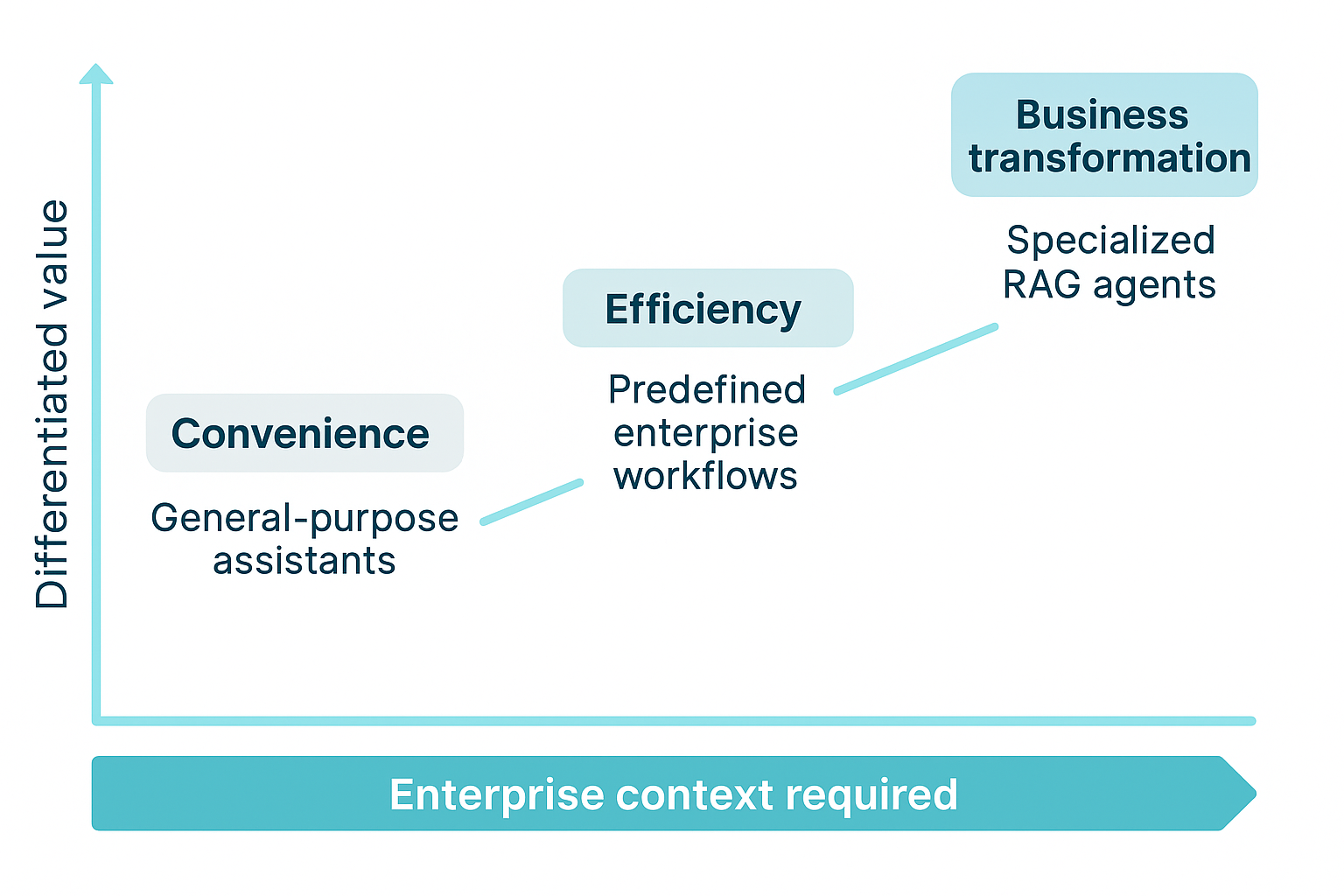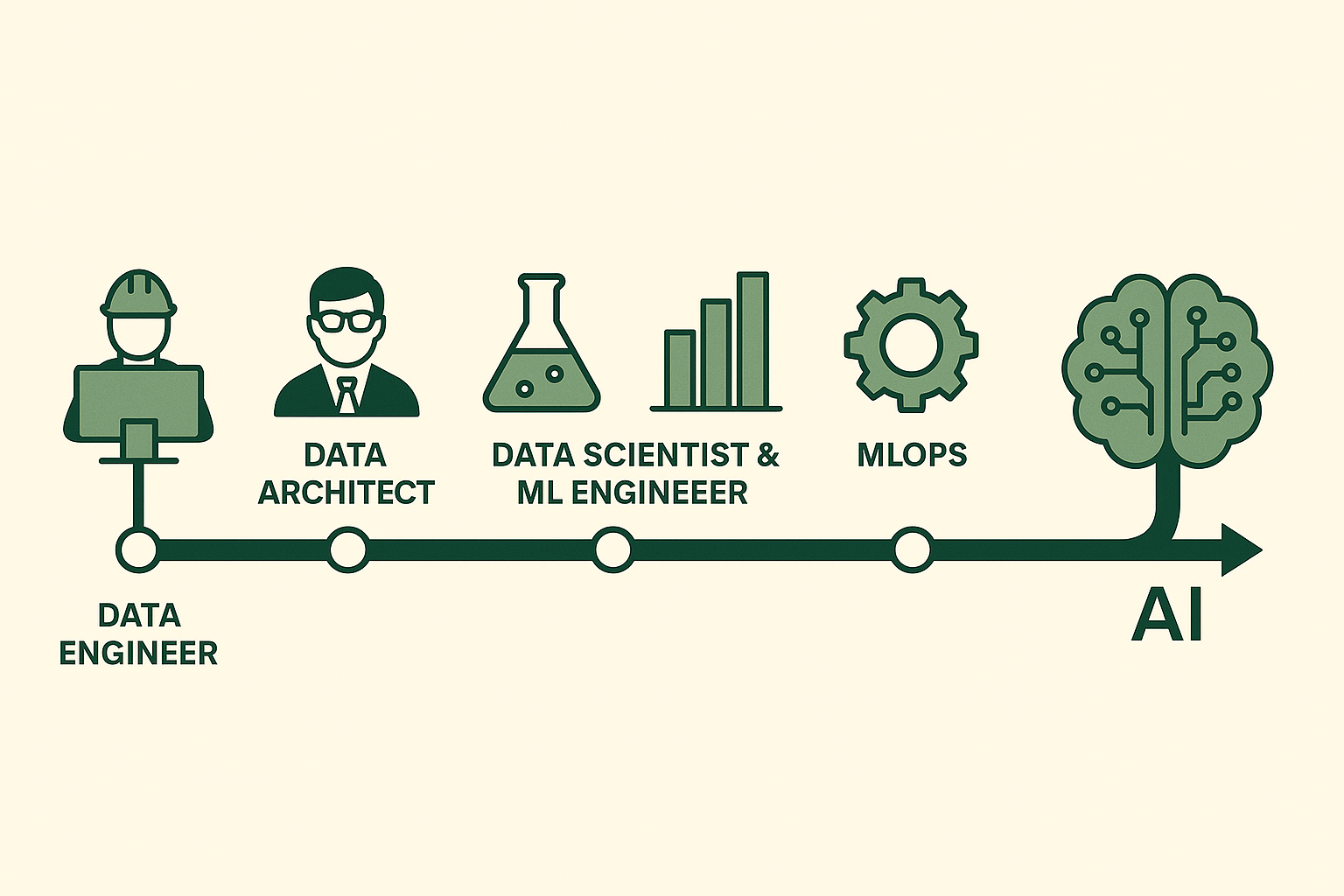2025 is widely being hailed as the year of the AI agent. The shift from passive AI models to autonomous, tool-empowered agents that actively execute real-world tasks. Industry surveys and expert voices underscore this shift, with 99 % of enterprise developers exploring AI agents and Gartner naming agentic AI a top trend for 2025. These agents are rapidly moving from buzz to boardroom priority. But how do we start making AI Agents Practical? Read this blog to get a better idea about what AI Agents can do for you.
Picture this: your AI assistant cheerfully informs a client that last Tuesday’s product launch was “just yesterday,” or quotes competitor pricing from two years ago as current market rates. This isn’t a sci-fi premise, it’s the everyday risk of deploying Large Language Models (LLMs) bound by static training data. Hallucination in LLM’s can take many forms. Sometimes it presents outdated information, sometimes it sprouts just complete nonsense.
Without access to new or proprietary information, LLM’s deliver stale or misleading responses, costing enterprises time, money, and reputation.
If you are a regular user of any AI LLM, like ChatGPT or Gemini, you have probably encountered the concept of hallucination. A hallucination in AI is when the system generates confidently stated, plausible-sounding information that is entirely inaccurate or fabricated. This typically occurs when the AI lacks proper context or verified sources for a specific query.
If you’ve spent any time on LinkedIn lately, you’ve probably seen people buzzing about AI agents. Some call them the future of work. Others claim they’ll replace half your to-do list before you even finish your morning coffee.
But… what are AI agents? And more importantly, how can these digital helpers actually make a difference in your business, right now?
Let’s break it down to create a clear picture of what’s here, what’s coming, and how you can ride the wave (instead of being swept away).
Most people are familiar with the Pareto Principle: 80% of the work gets done in 20% of the time. But with the rise of AI, even this rule is starting to change—at least in the world of software. Over the past few months, I’ve immersed myself in “vibe coding,” and what I’ve discovered has huge implications for anyone building apps or digital products. Of course, things in AI move so fast that if you’re reading this in six months, you might want to contact us for the latest developments on how you can build more, faster with AI.
Imagine you’re about to build a skyscraper without blueprints—chaotic, right? In the data world, a Data Architect provides those blueprints, translating big-picture business goals into a structured, future-proof ecosystem. Let’s explore why the role of the Data Architect in you AI Team.
In today’s competitive landscape, organizations are trying to leverage artificial intelligence for smarter decisions and innovative products. Yet AI’s power hinges on one very crucial asset: data. And with data we do not mean just data, we mean reliable, usable, clean data. Without the proper infrastructure and expertise to manage this data, even the most sophisticated algorithms fall flat. This emphasizes the importance of the data engineer role in AI teams.
Many organizations want to adopt AI. The growing capabilities in AI can most likely benefit your company in a way that gives you a competitive edge. But without the right data pipeline, it’s like building a house with no foundation. Whether you’re a CIO, CTO, Innovation Manager, or Digital Transformation Lead—your journey starts with data.
The real estate sector is at a crossroads. While housing pressure continues to rise, office buildings are transforming into hybrid workspaces, and sustainability is becoming a must-have rather than a nice-to-have, a new generation of technology is emerging: software, data and artificial intelligence. The question is — how do we use these tools to their full potential?
If your business operates in the Netherlands, you’ve likely heard of the Wet Deregulering Beoordeling Arbeidsrelaties (Wet DBA). This law was introduced to prevent “fake entrepreneurship” and ensure freelancers (zzp’ers) aren’t unintentionally working under conditions similar to employees without proper contracts. Non-compliance can result in significant fines and legal challenges, causing headaches for many employers.
- 1
- 2

















